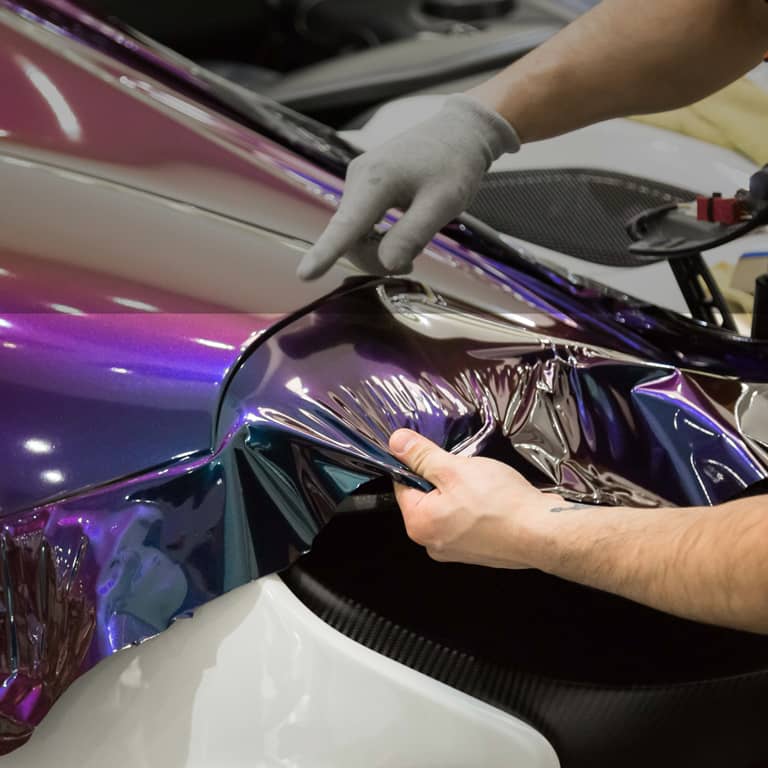- Servicing Case Studies
Full Service vs. Interim Service: What’s the Difference? | GVE London – Blog
Discover the key differences between interim and full car servicing, how often to get them, what’s included, and which is right for your driving style.
The statement “I want to get my car serviced” is an incomplete one. Ideally, one ought to mention which service they’re looking for, interim or full. In this blog post, we’ll look into the difference between the two.
Let’s Keep It Simple
A full car service is thorough and thus naturally takes more time. On the other hand, an interim service is quicker, covers fewer checks, and is meant to keep things running smoothly between your major services.
However, the difference isn’t merely a checklist; there is more to it. Depending on how you drive your car and your performance expectations from it, servicing needs vary.
Mileage and Timing
So, you drive a lot, say 20k km a year, then interim servicing becomes important. You see, a full check-up, or a complete service, is usually done once every 12 months or a year. However, with active usage, oil degrades, brakes wear down, and other small issues creep in that later turn into expensive ones.
Interim servicing is performed every 6 months or 7000 km, whichever may come first. Though these numbers aren’t set in stone either, as vehicle type and driving style matter greatly.
Car servicing in London, for example, ought to be of both kinds, interim and full, as the traffic conditions put real strain on the engine. City driving is tough on cars.
What’s Checked?
Here’s a rough breakdown:
Interim Service:
1. Oil and oil filter change
2. Brake check
3. Tyre pressure and condition
4. Fluid top-ups (coolant, brake fluid, screenwash)
5. Lights, wipers, battery check
Full Service:
Everything in the interim list and:
1. Fuel filter (diesel) or air filter (petrol)
2. Cabin filter
3. Spark plugs (depending on mileage)
4. Suspension checks
5. Full brake inspection
6. Steering, clutch, and gearbox check
7. Battery test
8. Coolant system inspection
Read Also: How Often Should You Service Your Car? A Complete Guide
One Isn’t Better Than the Other
People make the assumption that a full service is obviously better. However, this isn’t a competition. A full meal isn’t better than a snack; they’re different. For example, car servicing in Uxbridge ought to be of both kinds, especially if you drive within the city a lot.
Cost Differences
Needless to say, a full service costs more because more work is done. Prices would vary greatly from on garage to another. However, remember: delaying servicing often leads to bigger bills later. And if your warranty is still active, skipping services could invalidate it.
Don’t Forget the Service Book
The service book of a vehicle is an extremely important piece of documentation. If your car’s service history book has been well documented, showcases service, interim or full, has been on time, then it adds tremendous value to your car when you go to sell it.
Conclusion
As a car owner, knowing the difference between full and interim servicing is important. Choose what suits your driving habits, not just your calendar. And if in doubt? A quick chat with your local garage or supercar service centre, like GVE London, can clear things up fast. We’re here to assist you with all your automotive needs. Furthermore, being enthusiasts, we not only perform the usual repairs and service but can work on customisation, modifications and detailing as well. To know more, hop on a call with us today!
Frequently Asked Questions
Yes. Even short-distance driving, especially in urban areas, puts strain on brakes and the engine. You’re stopping and starting often. That wears things down faster than you think.
Usually between 2 to 4 hours. It depends on the car model and what’s being checked. High-end or older vehicles might take longer due to more detailed inspections.
Absolutely. Many people do an interim at the 6-month mark, then a full service after a year. It’s all about how much you drive and what condition your car is in.
Contact Us
"*" indicates required fields
OUR SERVICES

PAINT PROTECTION FILM

WRAPPING

SERVICING









